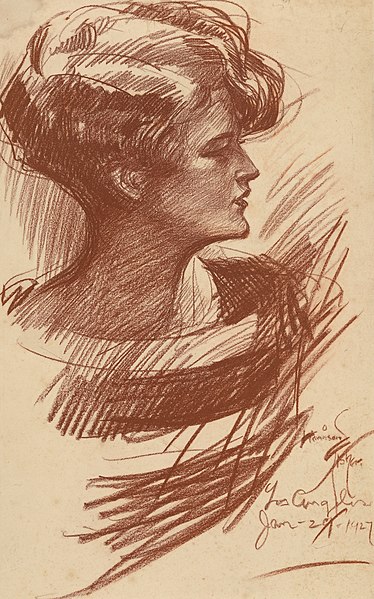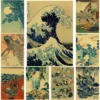
How The Great Gatsby’s Daisy Became a Princess Named Zelda
Long before she was a pixilated princess, guiding Link on fantastical quests, Zelda was a real-life literary darling of the early 20th century. The iconic video game heroine actually inherited her name from Jazz Age writer and socialite Zelda Fitzgerald, wife of The Great Gatsby scribe F. Scott Fitzgerald. Though separated by eras and mediums, the original princess Zelda shared a timeless beauty and allure that inspired her digital doppelgänger.
Zelda Fitzgerald: Flapper Queen of the 1920s
Born in 1900, Zelda Sayre grew up a rebellious belle in Montgomery, Alabama who lived for dancing and charming suitors. She met a young aspiring writer named F. Scott Fitzgerald at a country club party after World War I, starting a tumultuous relationship defined by passion, scandal, and soaring highs and lows.
After marrying in 1920, the couple embarked on a decade-long odyssey of lavish parties, globe-trotting adventures, and reckless antics fueled by alcohol. Zelda came to exemplify the free-spirited flapper, kicking up her heels as a symbol of Jazz Age liberation. Her audacious persona captivated the press and public alike.
As F. Scott penned acclaimed novels like The Beautiful and Damned and The Great Gatsby, Zelda contributed her own daring short stories and art. She’s believed to have inspired the character of Daisy Buchanan in Gatsby, though her husband borrowed liberally from her diaries and life in his writing. The public became infatuated with the Fitzgeralds’ glitzy, booze-soaked lifestyle.
A Mind Unraveled
But by the 1930s, Zelda’s mental health declined as she struggled with bipolar disorder. After psychiatrist treatment failed to help, she spent the remaining years of her life in and out of institutions. Though her once blazing star faded as age and illness took their toll, Zelda’s reputation as an emblem of the Lost Generation secured her legacy. She endures as an avatar of extravagance and rebellion in popular memory.
Nintendo’s “Eternal Beauty”
Decades later in the 1980s, game developers at Nintendo were creating a fantasy adventure title for their new console featuring an elvish boy hero named Link. While planning characters, a PR representative suggested naming the princess after Zelda Fitzgerald, calling her “a timeless beauty with classic appeal.”
The developers agreed, enamored with the real Zelda’s mystique as a glamorous icon. Like her namesake, the fictional Princess Zelda would guide players on an epic quest filled with magic, danger, and romance.
Though the contexts were totally different, both Zeldas exhibited courage, charm, and flair admired through the ages. The game allowed the resolute princess to endure beyond her real-life muse’s tragic downfall.
An Unexpected Cultural Connection
For gamers in the 1980s, it was likely a surprise to discover The Legend of Zelda’s princess shared a name with an obscure 1920s celebrity. Yet the homage demonstrated the game’s surprisingly sophisticated inspirations.
While Nintendo was crafting a new form of interactive entertainment, it drew heavily from other creative realms like fantasy novels, mythology, and Hollywood swashbucklers. By dubbing their lead heroine Zelda, the developers honored literature’s enduring influence on pop culture.
The gesture connected their electronic medium back to Jazz Age legends like the Fitzgeralds who still captured imaginations. It demonstrated how creative torchbearers build on traditions, transforming them into new media like gaming.
A Princess Lives On
Through multiple sequels and iterations, Zelda remains one of gaming’s most recognizable and beloved heroines. Decades since her 1987 debut, she continues guiding Link and players through fantastical kingdoms full of monsters, magic, and adventures.
Millions likely remain unaware of the literary muse who inspired her name and spirit. Yet both Zeldas share an intrepid charm that transcends their eras. By naming his princess after the daring Jazz Age original, Shigeru Miyamoto passed her timeless appeal to a new generation.
So next time you pick up the controller to vanquish Ganondorf alongside Princess Zelda, appreciate her subtle heritage. Though separated by reality and pixels, these two spirited women shine as enduring icons of courage, spirit, and imagination.

 More Fun Facts
More Fun Facts

